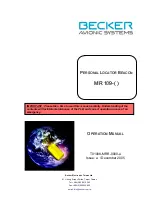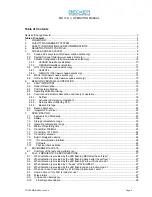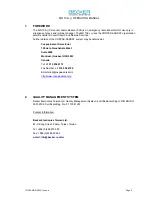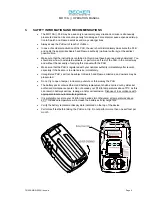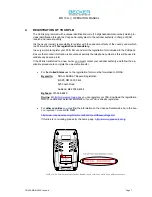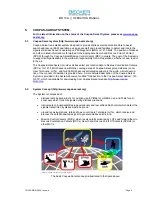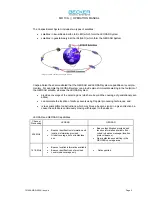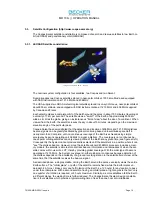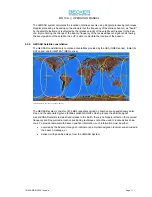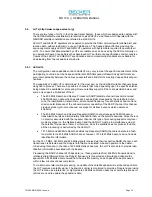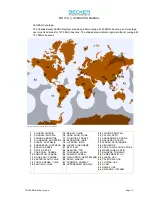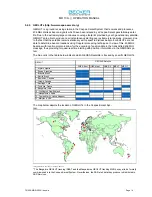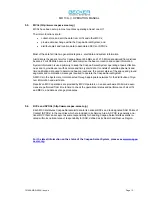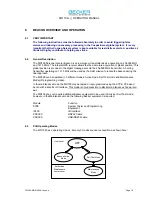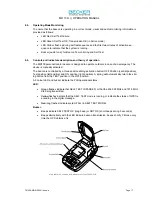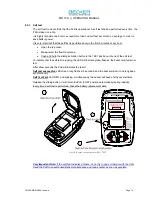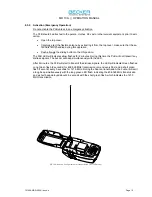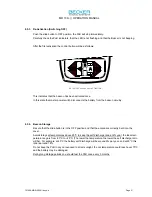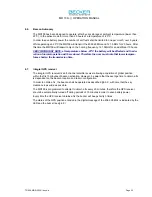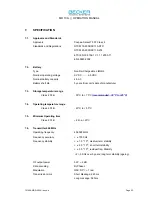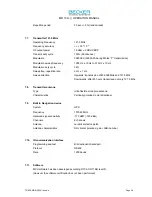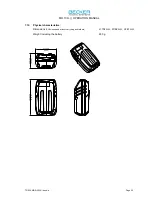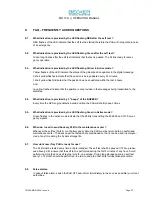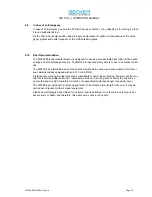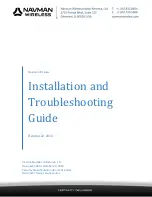
MR 109–( ) OPERATION MANUAL
T01008-MRR-0000
/
Issue:
a
Page
15
5.5. MCCs
(http://www.cospas-sarsat.org)
MCCs have been set up in most countries operating at least one LUT.
Their main functions are to:
•
collect, store and sort the data from LUTs and other MCCs;
•
provide data exchange within the Cospas-Sarsat System; and
•
distribute alert and location data to associated RCCs or SPOCs.
Most of the data fall into two general categories : alert data and system information.
Alert data is the generic term for Cospas-Sarsat 406 MHz and 121.5 MHz data derived from distress
beacons. For 406 MHz beacons, alert data comprise the beacon location and coded information.
System information is used primarily to keep the Cospas-Sarsat System operating at peak effective-
ness and to provide users with accurate and timely alert data. It consists of satellite ephemeris and
time calibration data used to determine beacon locations, the current status of the space and ground
segments and coordination messages required to operate the Cospas-Sarsat System.
All MCCs in the System are interconnected through appropriate networks for the distribution of Sys-
tem information and alert data.
Reports on MCC operations are provided by MCC Operators on an annual basis. World-wide exer-
cises are performed from time to time to check the operational status and performance of all LUTs
and MCCs, and data exchange procedures.
5.6.
RCCs and SPOCs (http://www.cospas-sarsat.org)
Each MCC distributes Cospas-Sarsat alert data to its national RCCs and to designated SAR Points of
Contact (SPOCs) in the countries which are included in its Service Area. A SPOC is generally a na-
tional RCC that can accept or assume responsibility for handling Cospas-Sarsat distress alerts lo-
cated within its national area of responsibility for SAR, defined as its Search and Rescue Region.
For the latest information on the status of the Cospas-Sarsat System, please see
www.cospas-
sasrat.org

